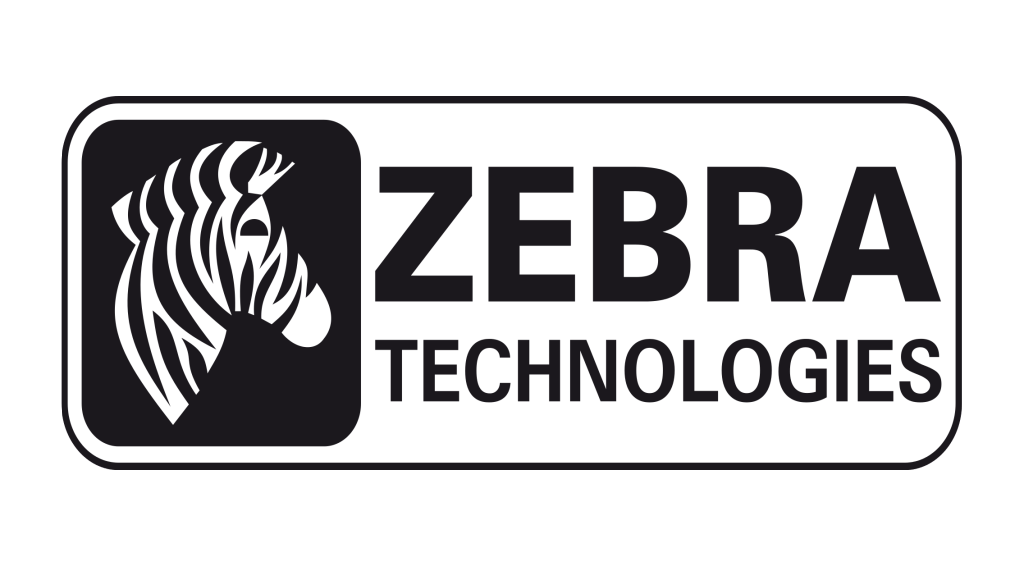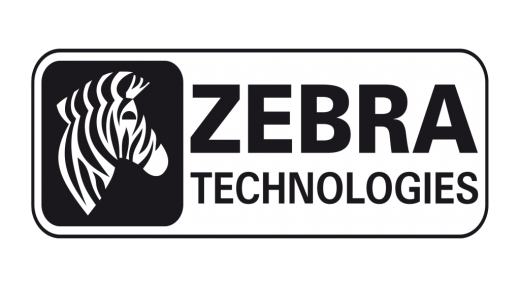Remaking Zebra
Remaking Zebra
Earlier this month, Zebra Technologies reported that second-quarter earnings for 2018 rose 13% to $1.01 billion compared with the year-ago quarter. The company may not be on the minds of most search marketers, but it should be — especially as search becomes the support hub for internet-of-things devices.

Zebra has long been a pioneer of technology that sits at the edge of the enterprise. It works in the background. In fact, the company brought the barcode into mainstream. The transformation partially occurs within the stories being told.
The company’s transition from barcode scanning into data-tracking systems and information management tools in 2014 came about after completing its acquisition of Motorola Solutions. The tie in with devices that provide support for the internet of things could eventually make the company a supporting player in search.
Zebra also ran a brand equity study to understand how people view the company. Across all devices, Zebra’s key brand performance metrics were strong globally, but the company is mostly associated with specialized printers. To raise its brand equity, Zebra needed to help improve the performance of businesses, and more than half of the participants surveyed wanted additional solutions. If so, they would consider Zebra to deliver these solutions compared to key competitors.
So when the company repositioned its business model, management took the survey results into consideration.
The Search Insider caught up with Jenny Holt, Zebra global brand director, and Jeff Schmitz, Zebra CMO, to learn about the company’s plans.
Here are excerpts from the interview.
Search Insider: Why reposition the company and what does it include?
Holt: Our strategic brand positioning addresses the transformation of Zebra’s business from Automatic Identification and Data Capture (AIDC) to our vision of providing enterprise asset intelligence.
We created a positioning framework using inputs from internal and external research that articulated the brand’s relevance, targets and promise. This enabled us to focus on the benefits — emotional and functional — of the value Zebra promises to deliver. Zebra’s brand promise is to deliver a performance edge to the front line of business [with a tag line] “Empowering Your Performance Edge.”
Additionally, we identified five essential ways to deliver our brand promise and created a verbal and visual brand expression that helps us tell the story in a consistent way.
SI: What types of media is the company using to get the message out to existing and prospective clients?
Holt: In order to create the experience of the brand, Zebra re-launched our website and corporate social accounts to reflect the new brand messaging and visual expression. A brand essence video was created, and a new initiative called “Stories from the Edge” was started to tell the story of the brand and celebrate those on the front line of business through a series of inspirational, documentary-style videos and blog posts. An awareness campaign will launch globally featuring inbound and outbound tactics such as paid display, search and social.
SI: What trends did you identify that suggested the company needed to change the message?
Holt: The trend that was the biggest catalyst for our repositioning was how customer expectations are fueled by our increasingly on-demand economy. Customers’ desire for faster, more compelling experiences means that digital innovation within enterprises and on the edge of business is no longer an option. It’s an imperative. Our brand perceptions needed to be shifted to help our customers and partners stay relevant as digital innovation continues to transform the edge of the enterprise.
SI: What’s the future for Zebra in terms of focus and technology, and why?
Schmitz: Zebra is delivering enhanced business outcomes to our customers by creating a performance edge at the front line by focusing on five areas that include purpose-driven design in our product, data-powered smart environments on the edge, collaborative mobile workflows, real-time guidance, and custom solutions.
(64)


